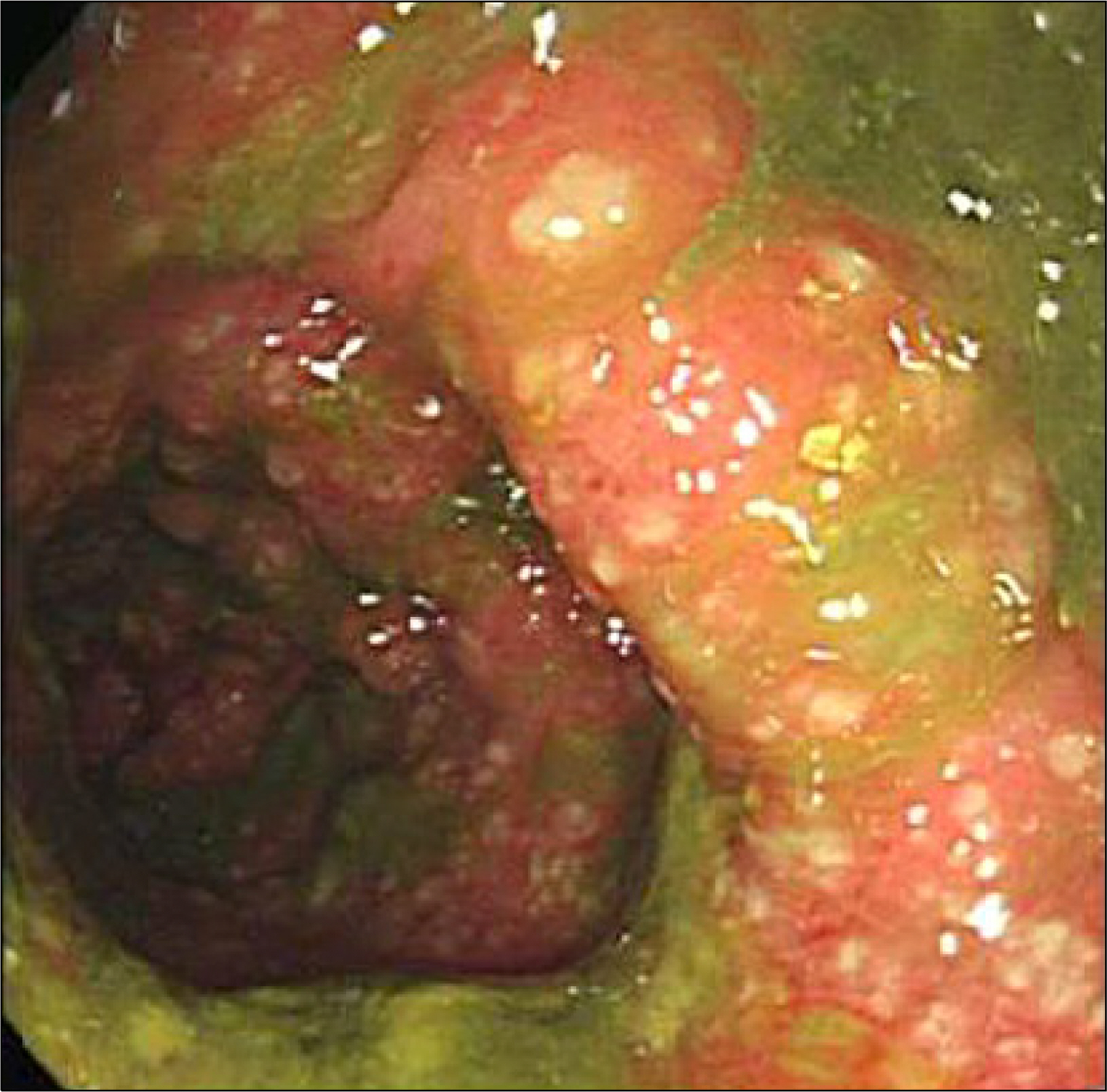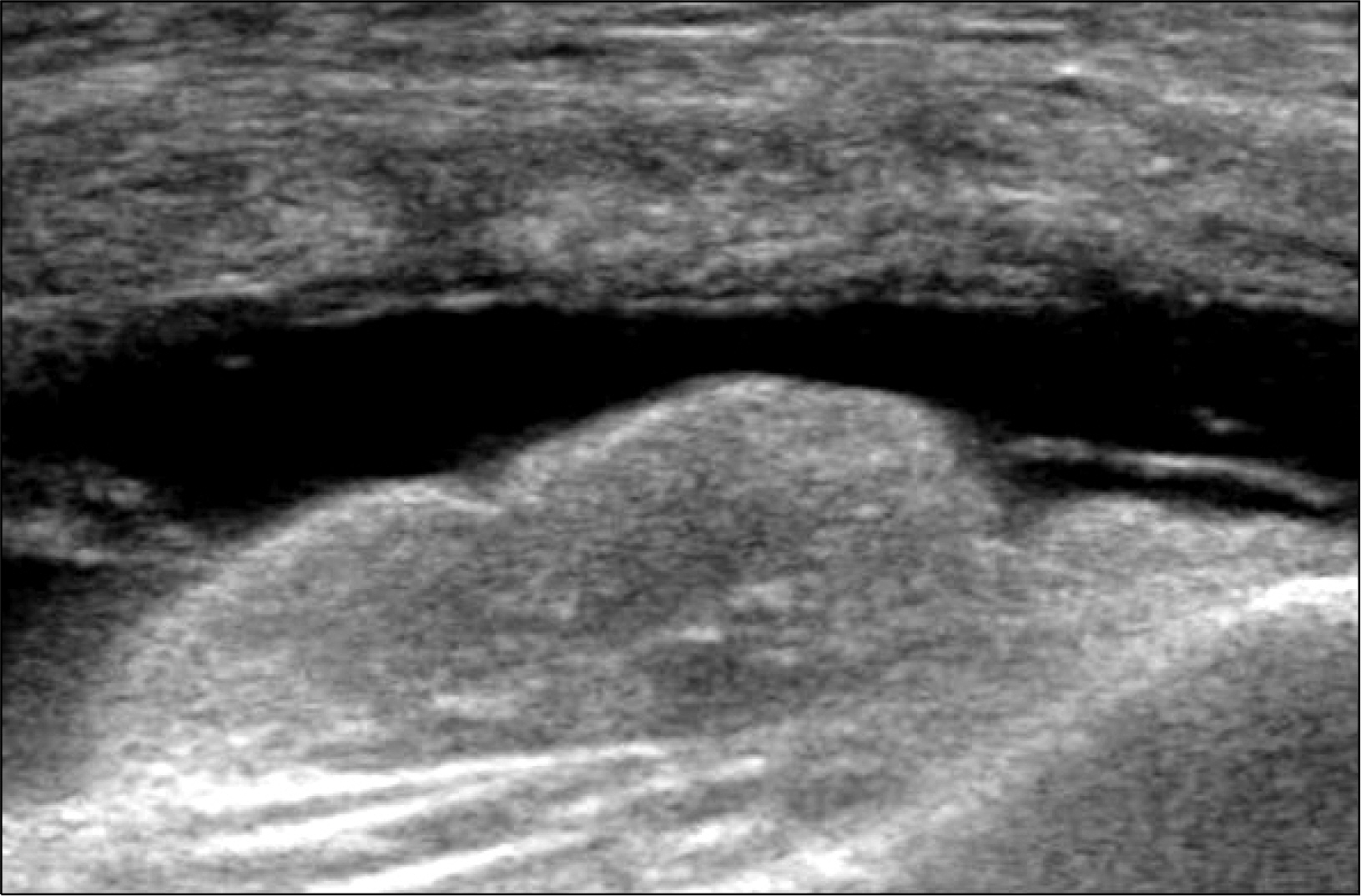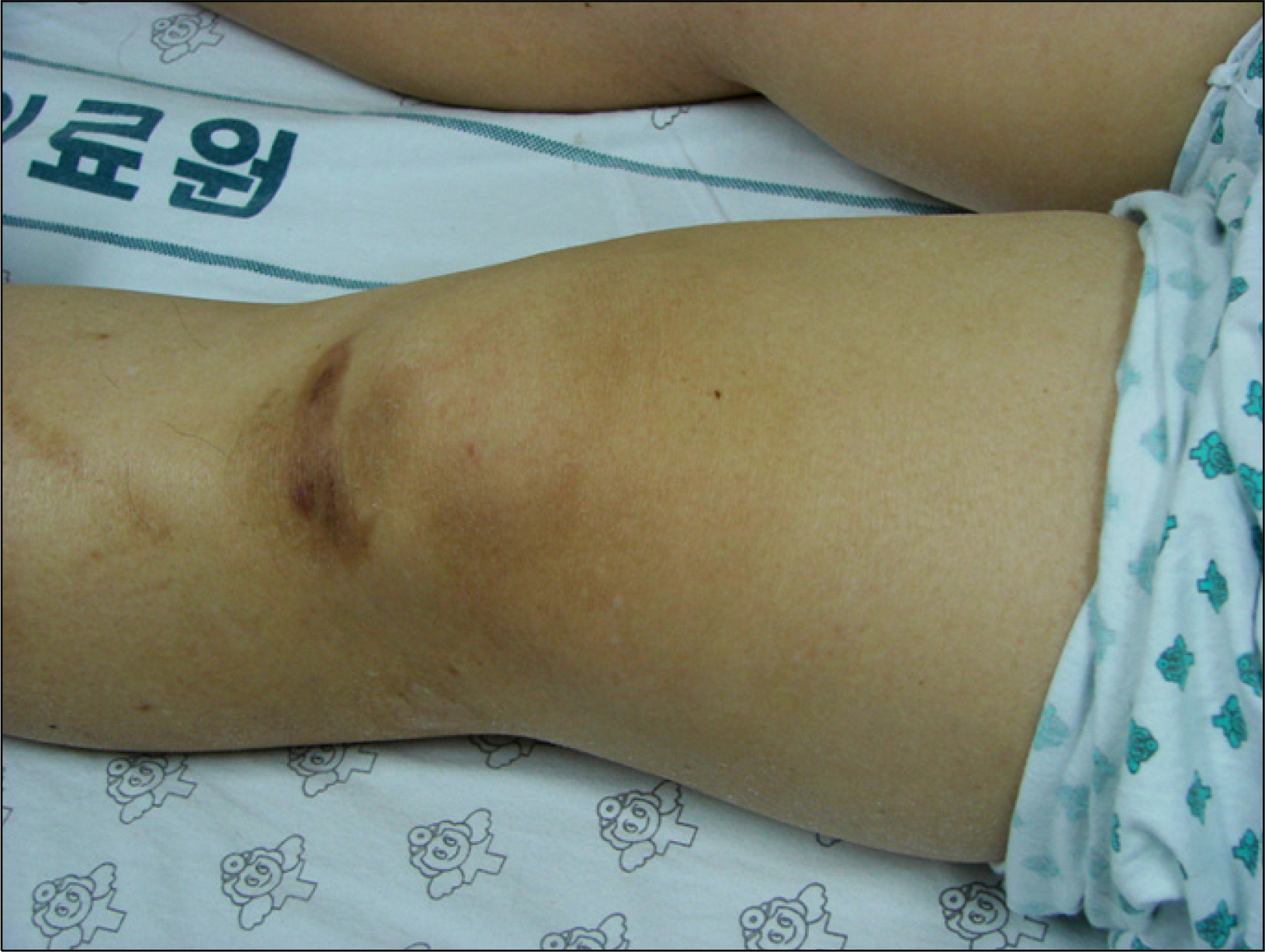J Korean Rheum Assoc.
2009 Mar;16(1):43-47. 10.4078/jkra.2009.16.1.43.
A Case of Reactive Arthritis in a Patient with Clostridium Difficile Diarrhea
- Affiliations
-
- 1Division of Rheumatology, Department of Internal Medicine, Busan Medical Center, Busan, Korea. gtah311@kornet.net
- KMID: 2202140
- DOI: http://doi.org/10.4078/jkra.2009.16.1.43
Abstract
- Clostridium difficile is the leading cause of hospital-acquired diarrhea. The frequent use of antibiotics and chemotherapeutic agents increases the likelihood of acquiring Clostridium difficile-associated disease. Reactive arthritis is a recognized sequela of infection with a many types of enteric or urogenital pathogens. Although the main bacterial causes of reactive arthritis following enteric infection are Salmonella, Shigella, Campylobacter and Yersinia, Clostridium difficile should be considered as a rare cause of reactive arthritis. We report here on a case of a 63-year-old man who presented with reactive arthritis following an infection with Clostridium difficile.
MeSH Terms
Figure
Reference
-
References
1. Kim JP, Lee IH, Jung JH, Sohn YW, Kim TH, Jun JB, et al. One case of Giardia lamblia-associated arthritis in a 23 year-old woman. Korean J Med. 2001; 61:82–5.2. Lee JJ, Lee MR, Choi HJ, Chung JG, Baek HJ. A case of reactive arthritis after trichomonas vaginalis infestation. J Korean Rheum Assoc. 2006; 13:338–42.3. Park EH, Do YS, Yang JC, Kang MR, Suh HJ, Jung SI, et al. A case of poststreptococcal reactive arthritis. Infect Chemother. 2004; 36:389–93.4. Voth DE, Ballard JD. Clostridium difficile toxins: mechanism of action and role in disease. Clin Microbiol Rev. 2005; 18:247–63.5. Keating RM, Vyas AS. Reactive arthritis following Clostridium difficile colitis. West J Med. 1995; 162:61–3.6. Lim PS, Yun HD, Yim KW, Song IS, Choi KW, Kim CY. A clinical study on pseudomembranous colitis. Korean J Gastrointest Endosc. 1987; 7:13–7.7. Cron RQ, Gordon PV. Reactive arthritis to Clostridium difficile in a child. West J Med. 1997; 166:419–21.8. Hill Gaston JS, Lillicrap MS. Arthritis associated with enteric infection. Best Pract Res Clin Rheumatol. 2003; 17:219–39.
Article9. Chung JW, Park TJ, Choi GS, Park HJ, Kim HA, Park HS, et al. A case of late onset peripheral spondyloarthropathy. J Korean Rheum Assoc. 2007; 14:85–90.
Article10. Jacobs A, Barnard K, Fishel R, Gradon JD. Extracolonic manifestations of Clostridium difficile infections. Presentation of 2 cases and review of the literature. Medicine. 2001; 80:88–101.11. Chun LH, Kim TY. Does human parvovirus B19 have a role in the formation of the anemia and the disease activity in rheumatoid arthritis. Korean J Clin Pathol. 2001; 21:287–91.12. Amanda C, Sean D. Advances in the biology, diagnosis and host-pathogen interactions of parvovirus B19. J Med Microbiol. 2004; 53:459–75.
- Full Text Links
- Actions
-
Cited
- CITED
-
- Close
- Share
- Similar articles
-
- Determination of toxin production of clostridium difficile strains isolated from patients with suspected antibiotic associated diarrhea
- Diagnosis of Clostridium difficile-associated diarrhea
- Management of Antibiotics-Associated Diarrhea
- Clostridium difficile Infection: What's New?
- Clinical Characterization of Clostridium difficile Infection in Elderly Patients




